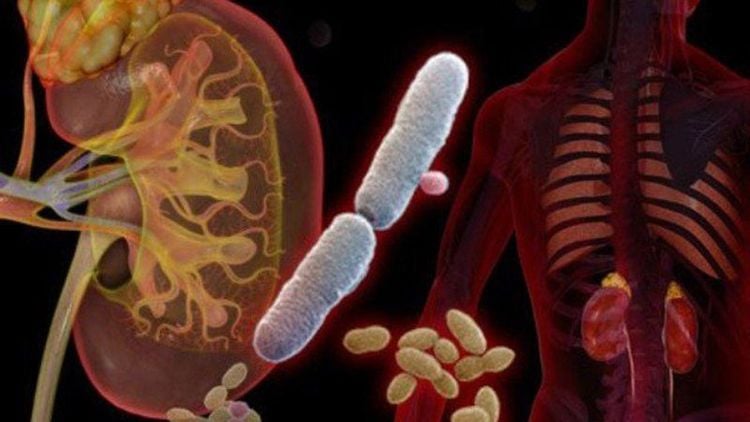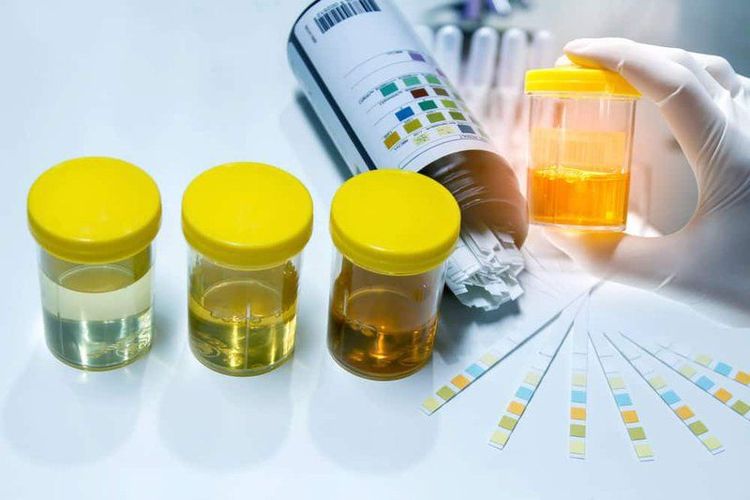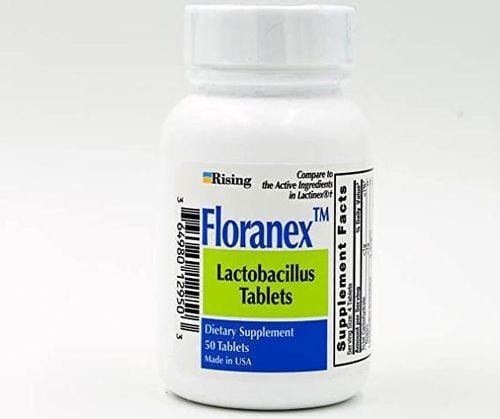This is an automatically translated article.
A urine culture is a laboratory test to check for the presence of bacteria in a urine sample. This is evidence to confirm the diagnosis of urinary tract infections in both adults and children. However, the urine culture procedure in clinical microbiology, if not performed correctly, affects the significance of the urine culture test.
1. What is a urine culture?
A urine culture is a test to look for germs in the urine that could be the cause of an infection.
In principle, urine in the bladder lumen is sterile. This means that the urine does not contain any bacteria or other organisms. However, bacteria can enter the urethra upstream and cause urinary tract infections.
At this point, a urine sample is collected and a substance that promotes the growth of germs is added. If no bacteria develop, the culture is negative, meaning there is no UTI. On the contrary, if there is bacteria growth, the culture result is positive, the patient has a UTI.
Although the urine culture test does not reveal the site of infection, it also helps to identify the type of germ causing the disease as well as find the right antibiotic to treat the infection.

Cấy nước tiểu tìm ra tác nhân gây nhiễm trùng đường tiết niệu
2. What is the goal of a urine culture test?
Symptoms of UTIs are quite variable and vary from person to person. Therefore, a urine culture is an essential test to be performed in these situations and has the following objectives:
Diagnosis of UTI Find the cause of the infection Select a sensitive antibiotic for pathogens Treatment evaluation

Xét nghiệm cấy nước tiểu giúp chẩn đoán nhiễm trùng tiểu
3. Importance of urine culture test in the diagnosis of urinary tract infection
The urine culture test is considered the “gold standard” for diagnosing urinary tract infections. Urine culture results are usually obtained in 2 to 3 days. However, some bacteria will take longer to successfully culture to avoid false negatives. So results may not be available for several days but through this test the doctor can detect pathogens present in the urinary tract as well as account for the presence of clinical symptoms. related.
Pathogens detected and identified by urine culture will be more accurate when using midstream urine, minimizing the risk of foreign contamination. It is this that will allow an estimate of the degree of active bacteriuria.
However, minimal levels of bacteriuria indicative of UTI have not been identified in the scientific literature or standardized by microbiology laboratories. Many laboratories define 105 colony-forming units (CFU)/mL of urine as the threshold. However, this threshold misses many associated infections. Therefore, there are other suggestions for diagnosing a urinary tract infection from a count of 103 CFU/mL, depending on the type of bacteria detected.
In the case of a urine sample with a count between 100 and 100,000, this result can be interpreted as an external infection or contamination of the sample. At this point, the patient needs to repeat the standard urine culture procedure. If the germ count is 100 or less, a diagnosis of a urinary tract infection is rarely thought of. However, the patient can still be diagnosed with a urinary tract infection if antibiotics have been taken.
In all cases where a urine culture test result is positive, the next step is to evaluate the strain's sensitivity to circulating antibiotics to help make treatment decisions. Certain types of bacteria or fungi are resistant to certain antibiotics because of differences in their genetic material. Thus, the choice of antibiotics in the treatment of urinary tract infections in different resistant subjects is different.
4. Factors that can affect urine culture test
There are many factors that can influence the urine culture test in the diagnosis of urinary tract infection.
Therefore, when the doctor needs to do a urine culture test, the patient should notify the doctor to reconsider this order because the results may be erroneous or the results may not be useful, if:
Are taking antibiotics or just finished a course of antibiotics. Are taking diuretics or have just drank large amounts of water. This can dilute the urine and also reduce the number of bacteria in the specimen. Taking a lot of vitamin C Has had a prolonged urinary catheter. This is a high-risk condition for a retrograde UTI.

Nếu bạn đang uống nhiều vitamin C cần báo cho bác sĩ khi xét nghiệm cấy nước tiểu
In these situations, if an indication is necessary, the physician may increase the sensitivity of the urine culture by using all of the first morning urine for 3 separate days.
Finally, the most important thing is that the patient should always follow the correct urine culture procedure. Any deviation at any step will result in sample contamination and false positive results.
In summary, urinalysis is an essential laboratory test for the diagnosis of urinary tract infections in both adults and children. However, the significance of the urine culture test in the diagnosis of urinary tract infection is greatly dependent on the urine culture procedure, the more accurately performed, the more valuable the results will be.
When there are signs of suspicion of urinary tract infection, you can go to Vinmec International General Hospital for examination and treatment. There is a team of urological surgeons who are well-trained, experienced and professional; with a system of modern equipment, meeting international standards; Professional service quality for high efficiency in diagnosis and treatment.
For detailed advice, please come directly to Vinmec health system or register online HERE.













